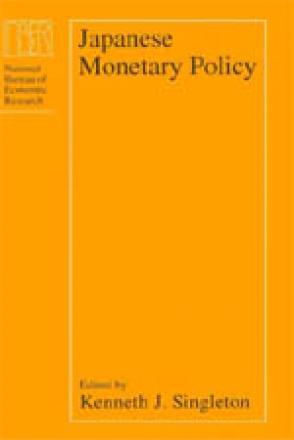Japanese Monetary Policy

How has the Bank of Japan (BOJ) helped shape Japan’s economic growth during the past two decades? This book comprehensively explores the relations between financial market liberalization and BOJ policies and examines the ways in which these policies promoted economic growth in the 1980s. The authors argue that the structure of Japan’s financial markets, particularly restrictions on money-market transactions and the key role of commercial banks in financing corporate investments, allowed the BOJ to influence Japan’s economic success.
The first two chapters provide the most in-depth English-language discussion of the BOJ’s operating procedures and policymakers' views about how BOJ actions affect the Japanese business cycle. Chapter three explores the impact of the BOJ’s distinctive window guidance policy on corporate investment, while chapter four looks at how monetary policy affects the term structure of interest rates in Japan. The final two chapters examine the overall effect of monetary policy on real aggregate economic activity.
This volume will prove invaluable not only to economists interested in the technical operating procedures of the BOJ, but also to those interested in the Japanese economy and in the operation and outcome of monetary reform in general.


